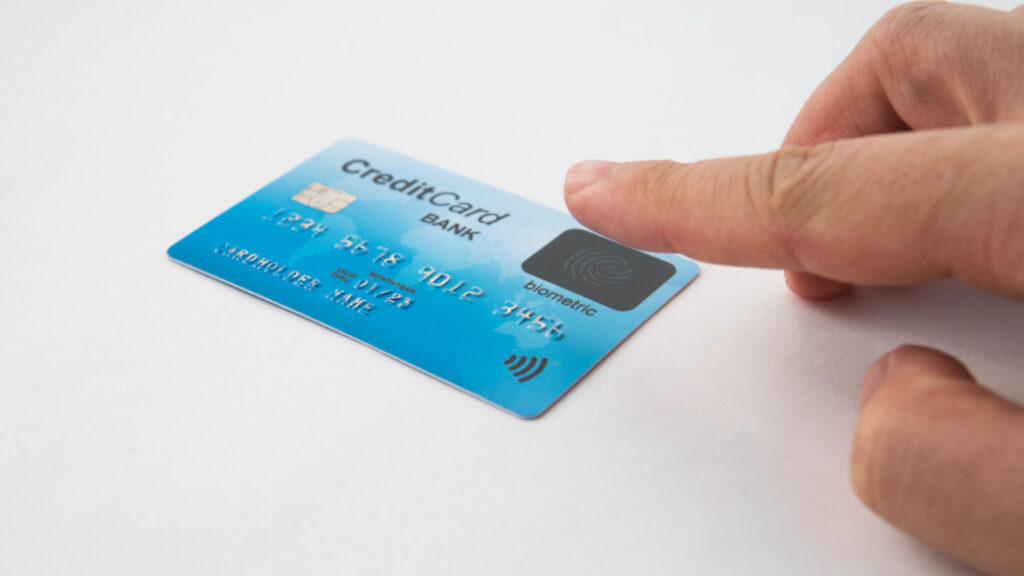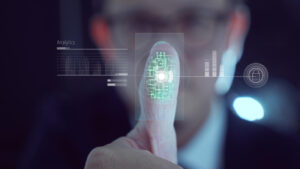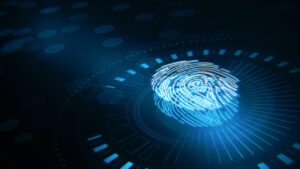With the rise of technological advancements, more and more people are utilizing biometric cards for various purposes such as identification, security, and even payment methods. But how do biometric cards work?
In this article, we’ll take a closer look at how biometric cards work and how they can be used in various applications.
Biometric cards use some form of biometric identification such as fingerprints, iris scans, or even facial recognition. These cards are typically used for security purposes but can also be used for other applications such as payments or even time and attendance tracking.
How do biometric cards work?
The machine reads your card’s magnetic stripe when you use your credit or debit card at an ATM. This stripe contains your account number, name, and other information.When you use your card at a store, the retailer may also run your card’s magnetic stripe through a card reader. This reader can decode the information on the stripe and may also keep a copy of it.
The information on your card’s magnetic stripe is also encoded in a barcode. This barcode is read by optical scanners, such as those found at grocery store checkouts.
Electronic devices can also read your card’s magnetic stripe and barcode, such as those used by parking meters and vending machines.
Some cards also have a chips that contain your account information. These chips are read by special card readers connected to a bank’s computer system.
Biometric cards are similar to regular cards but also contain a small sensor that can read your fingerprints, irises, or face. This information is then stored on the card’s chip.
When you use a biometric card, the sensor reads your biometric information and compares it to the information stored on the card. If the two match, the card is authorized for use.
Biometric cards are more secure than regular cards because they cannot be lost or stolen. Even if someone gets your card, they would not be able to use it unless they also had your biometric information.
Biometric cards are not yet widely used, but they are becoming more common. In the future, they may replace regular cards altogether.
What are the benefits of biometric cards?
There are actually quite a few benefits to using biometric cards. For starters, biometric identification is usually more accurate than traditional ID cards or password methods. This means that there is less chance of someone being able to use your card fraudulently. Additionally, biometric cards can also be used for a variety of other applications, such as payments or time and attendance tracking.
Overall, biometric cards are a great way to add an extra layer of security to your card. If you’re looking for a more secure way to use your card, then biometric cards are definitely worth considering.
The article has been published by the editorial board of the Identity Herald. For more information please visit www.identityherald.com




